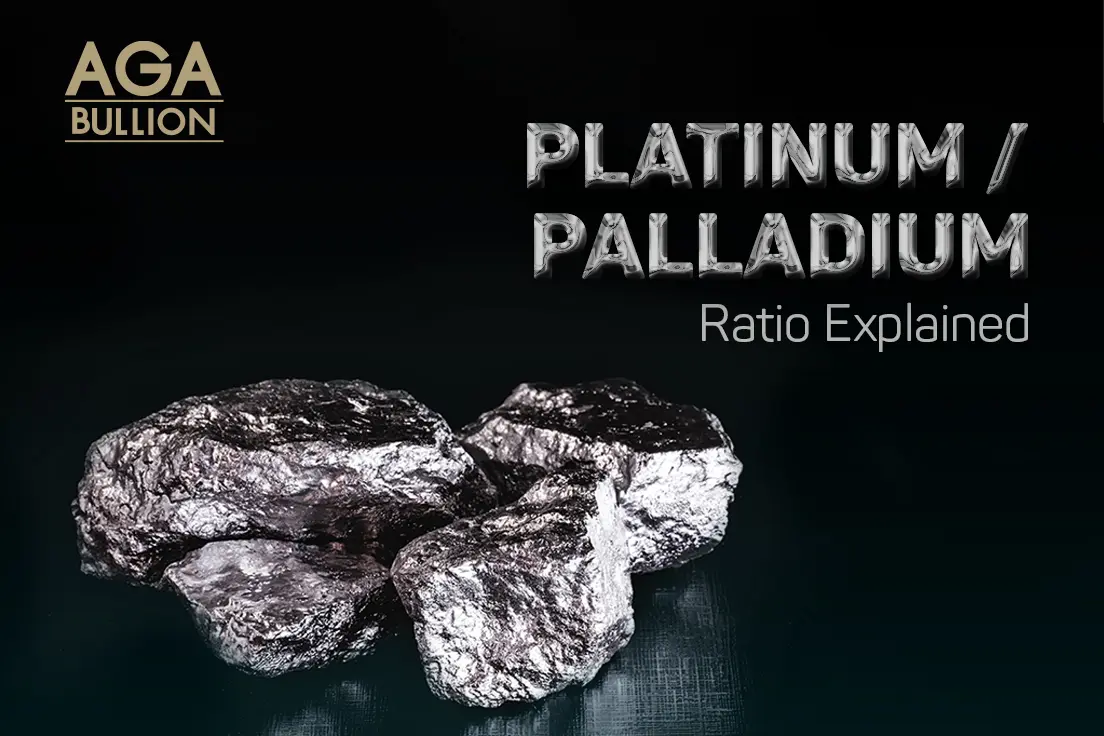Platinum Palladium Ratio
The platinum-to-palladium ratio is the price of platinum divided by the price of palladium. The indicator works just as the gold-to-silver ratio, the gold-to-platinum ratio or the gold-to-palladium ratio, and it shows how many ounces of palladium one ounce of platinum can buy. It measures the relative strength of platinum prices compared to palladium prices. When the ratio is low, it means that platinum is undervalued relative to palladium. When the ratio is high, it means that platinum is overvalued relative to palladium. Investors can thus use the ratio as a timing indicator deciding when to reallocate investment positions between these two precious metals.
Since 1990 the price ratio of platinum and palladium has varied between 0.6 and 5.3. The average was 2.8 and the ratio was usually above parity, as palladium is a cheaper substitute for platinum. The changes in the ratio largely reflect palladium’s inherent price volatility compared with platinum.
In the 1990s, the ratio was declining. It reached historic lows at the beginning of 2001, when rumors spread that Russia would cease its sales of palladium, spurring intense demand from the automobile industry. But when palladium was dumped on the market, its price plunged and the ratio surged, reaching a peak at the beginning of 2009 when the auto industry demand collapsed during the Great Recession.
Generally speaking, if the ratio moves to extremes, it creates a trading opportunity for investors. When the ratio is high, it indicates that palladium may be oversold and present a buying opportunity. And when the ratio is low, it means that palladium may be overbought and reflect a selling opportunity.
Currently the Platinum/Palladium ratio is 0.5
For investors, what is the opportunity for Palladium at current price levels?
- Buy
- Sell
- Neutral







